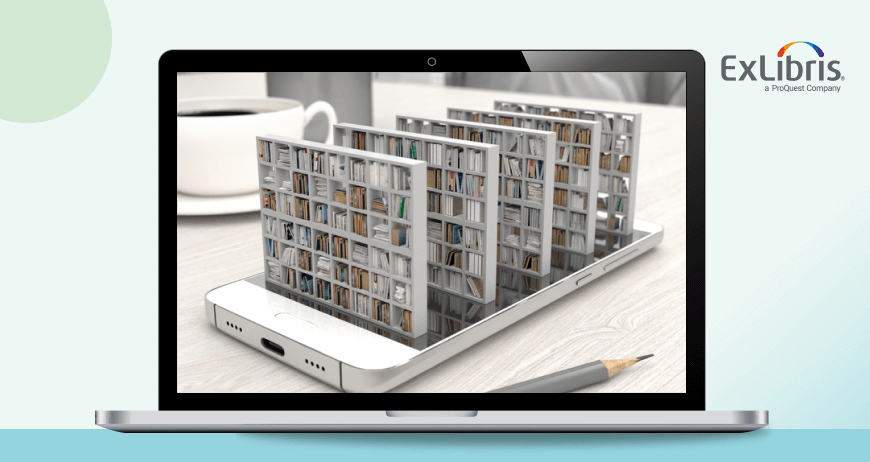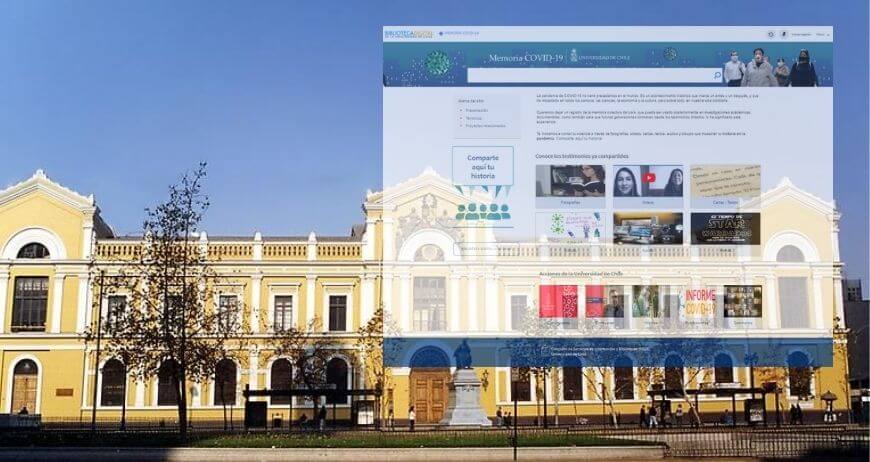Jessie Ransom, Solutions Architect, Ex Libris North Americas
SaaS solutions are becoming increasingly more common due to the many benefits for both software providers and customers. SaaS solutions are, simply put, significantly easier to administer, update, support and expand. SaaS, or Software as a Service, is a model in which the software is licensed and the solution is accessed through the internet. Customers do not install or download any local software; the vendor is responsible for the security, uptime and the updates.
SaaS solutions, including Alma library management system and Primo, are offered as a multi-tenant environment, in which many different customers are sharing the same instance of software on a shared server, and this instance is centrally maintained by the vendor. Multi-tenancy offers some great advantages for the library using a SaaS product. For starters, software development can happen on a rapid scale. New features and bug fixes can be rolled out immediately to all customers with no downtime. The software only needs to be updated once and all customers will be using the current version. Every single customer will immediately be able to take advantage of any new features and nobody is left behind trying to figure out how to support their older versions, or how to add the storage necessary to install an update. Every time I hear that there have been around 500 new Alma features added per year since 2012, I have to take a mental pause—that is such an amazing number compared to what I’m used to with a traditional ILS, and it’s a benefit that is only possible because Alma is a multi-tenant, SaaS solution.
In the SaaS model, the software is hosted by the vendor. This represents a big shift for some people, especially in terms of where library data actually lives, but the overwhelming benefits seem to outweigh initial concerns. First, this allows libraries to do accurate budgeting—you’re paying for the software but not the hardware that is required to run it. You won’t have to worry about how much it’s going to cost to have your IT staff manage upgrades, or factor in costs associated with aging hardware. And there are big security benefits that come with this environment as well. Your information is stored in one of the top data storage facilities in the world, with 24/7 monitoring and security, backup power systems, and automatically backed up data hosted in multiple geographical locations. The scale of this type of security is simply more than individual libraries can realistically handle on their own.
And you can take your Alma or Primo with you in the same way that you can take your email with you. While it’s a little depressing to think about being able to take your library management system home with you (cataloging through dinner, anyone?), it’s exciting to think about the possibilities that come with this model: Out in the stacks and run into a question? Pull up Alma on your phone and find out what’s going on. In a meeting and asked to pull stats, grab your tablet and share immediately.
While your data is always kept private, the system includes built in points of interaction for Alma and Primo customers. My favorite example of this is in library analytics. If one library system builds a complicated or customized report, they can share it with all other Alma or Primo libraries around the world simply by dropping it in a shared folder. If one library has a particular question about a report that they are working on, other customers can look at it or build on it. This makes the Alma and Primo customer groups feel like actual communities, rather than just a group of people who use the same product.
Follow @ExLibrisGroup
You might also be interested in

COVID-19
Librarianship
April 28, 2021 |
11 min read
Trends in Physical and Electronic Resource Usage in U.S. Academic Libraries

COVID-19
Librarianship
April 09, 2021 |
5 min read
National Library Week: Recognizing Libraries as a Reliable and Resilient Force

Alma
Librarianship
April 06, 2021 |
6 min read
Centralizing, Optimizing and Cutting Costs
Great library experiences start with software
Download whitepaper

Alma
Librarianship
March 09, 2021 |
7 min read
Finding the Best Integrated Library System for Small and Medium Library Collections and Management

Alma
Librarianship
February 16, 2021 |
6 min read
A Small Library Staff Can Do Much More Than You Think

Alma
Librarianship
November 11, 2020 |
5 min read
The Big Challenges of Small Libraries

Community
Librarianship
October 14, 2020 |
3 min read
Diversity, Equity and Inclusion: Dr. Safiya Umoja Noble Chats with Ex Libris

Alma
Primo
Community
COVID-19
Librarianship
August 13, 2020 |
2 min read
A Unique Approach to Memorializing 
